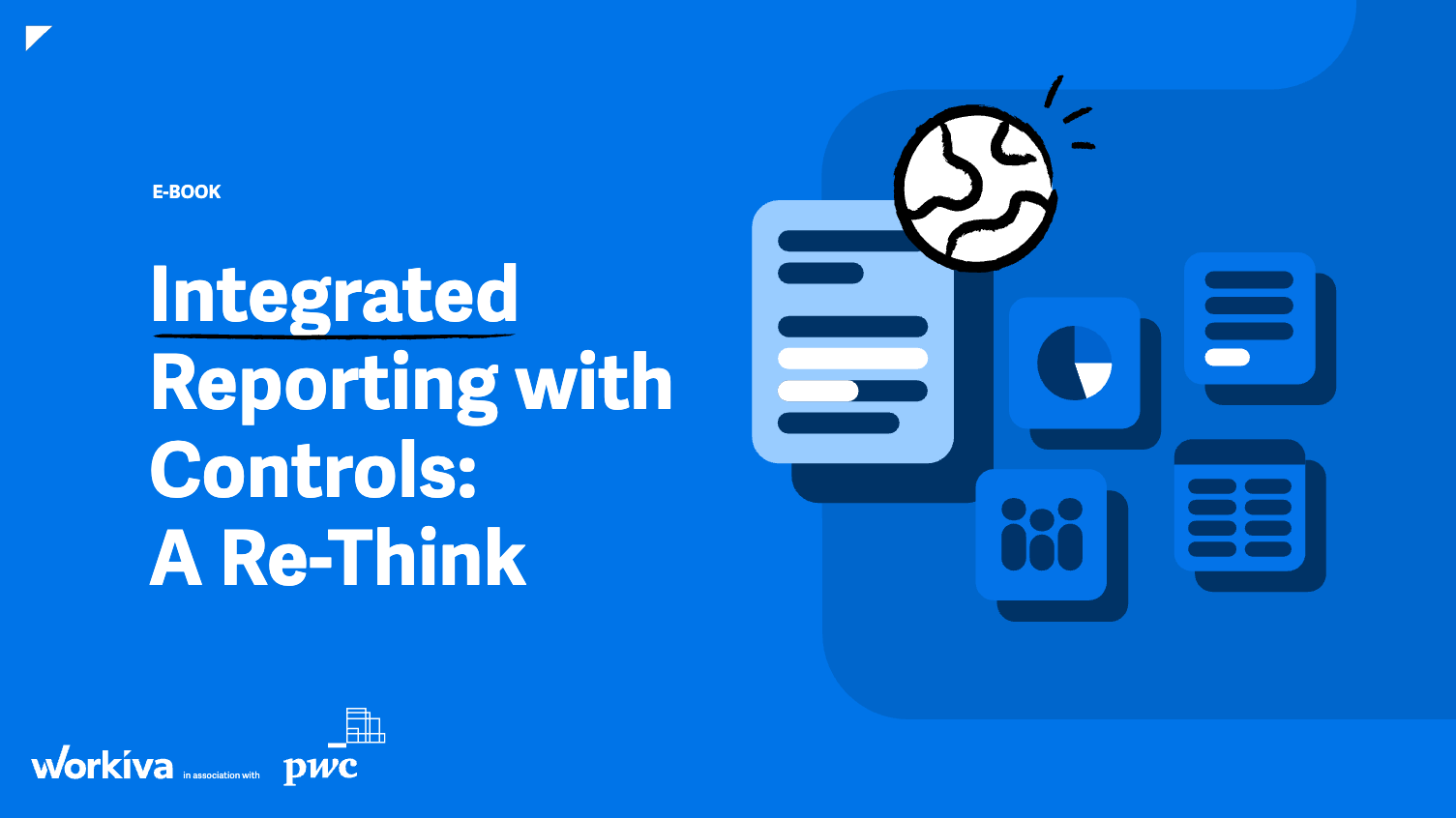A 529 College Savings Plan Overview
A 529 college savings plan is a beneficial financial tool for setting aside funds for future educational expenses. The primary advantage of a 529 plan is that investments can grow tax-free, yet many savers do not capitalize on the full scope of its benefits. This article explores the implications of 529 plans on financial aid eligibility, offering insights for families planning for college expenses.
The Common Deterrents
One frequent concern regarding 529 plans is their potential impact on financial aid eligibility. While it is accurate that holdings in a 529 account can influence aid decisions, the impact might be less significant than many assume.
How 529 Plans Affect Financial Aid
Yes, 529 plans do affect financial aid. By increasing the financial means available for higher education, a student becomes eligible for less need-based aid. However, it’s crucial to note that the effect of 529 assets on aid packages is generally less than that of income.
Federal financial aid is based on the Student Aid Index (SAI), which evaluates what a family can contribute from both income and assets each year. Income forms the largest part of this calculation. A family’s SAI replaces the previously used expected family contribution in the Free Application for Federal Student Aid (FAFSA) process.
Typically, the SAI expects parents to contribute 25% to 35% of their adjusted available income for college costs, potentially reaching up to 47%. Conversely, parental contributions from assets, including 529 accounts, are assessed at a much lower maximum rate of 5.64%. Thus, if a family’s 529 account contains $10,000, this would only increase the family’s expected contribution by a maximum of $564, correspondingly reducing the federal aid package by this amount.
Ownership of the 529 Plan Matters
The financial aid impact of a 529 plan can vary depending on who owns the account. If the account is held by a beneficiary’s parent, 5.64% of the balance is counted in the calculation of a student’s aid eligibility on the FAFSA.
In contrast, if the student owns the account, up to 20% of its value may be factored into the financial aid assessment.
Recent changes from the FAFSA Simplification Act, effective from the 2024-25 academic year, mean that 529 accounts owned by grandparents or other relatives are excluded from the calculation of a student’s financial aid, as these are not considered student assets.
Siblings and Federal Financial Aid
According to updates from the FAFSA Simplification Act, sibling 529 accounts are only considered parental assets for the account beneficiary. This means that 529 plans set up for other siblings no longer contribute to the expected family contribution. Additionally, accounts owned by grandparents or other relatives have no impact on federal financial aid eligibility.
FAFSA vs. CSS Profile
Some schools use the College Scholarship Service (CSS) Profile, especially private institutions, to determine financial aid packages. The CSS Profile employs a different formula than FAFSA, considering all 529 accounts owned by parents, regardless of the beneficiary. This allows each institution to customize their formula for determining aid packages. Although each school using the CSS Profile has its own standards, parents can use this calculator to estimate expected family contributions.
Keep reading financial insights and advice on fintechfilter.com for more sophisticated financial planning strategies tailored for your needs.







